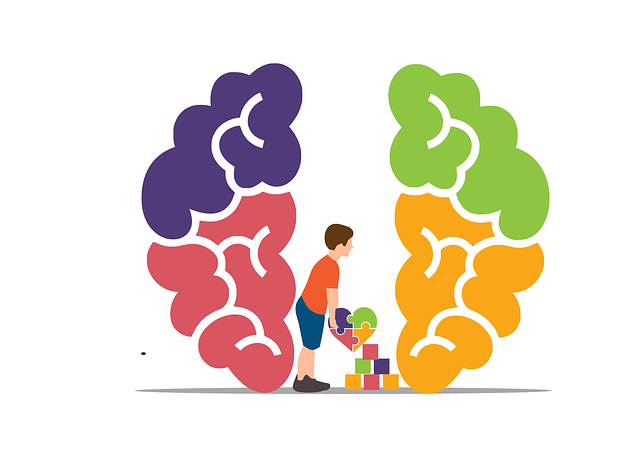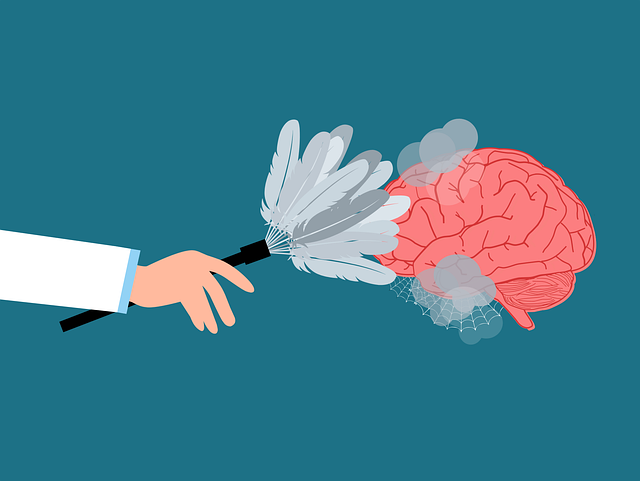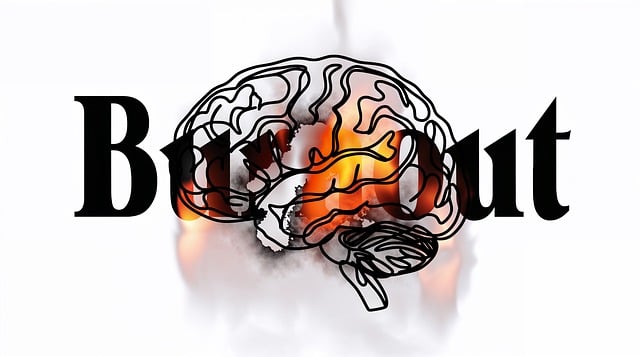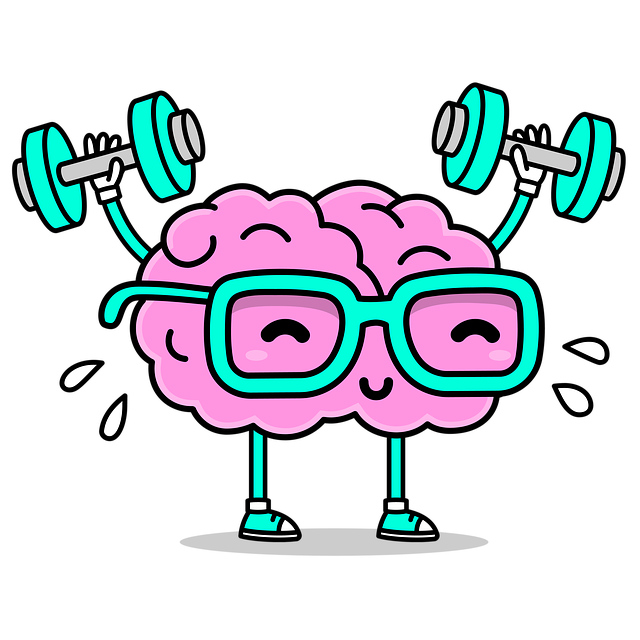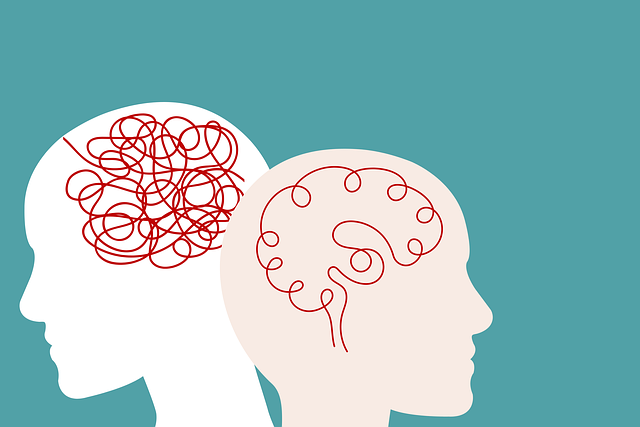Mental health stigma significantly hinders access to care and program effectiveness in Broomfield therapy settings. To combat this, program designers must create inclusive environments, educate the public, and implement burnout prevention strategies. Broomfield Phobias Therapy offers tailored mental health education, addressing diverse audiences and cultural sensitivities, empowering individuals to manage fears and destigmatize mental illness. Comprehensive mental health programs should include awareness campaigns, stress reduction tools, interactive techniques, and evaluation methods to measure impact and drive continuous improvement.
“Mental health education programs play a pivotal role in fostering well-being, especially in dispeling stigma that often prevents individuals from seeking aid. This article delves into strategic program design, focusing on reducing the impact of mental health stigma through tailored instruction. We explore key considerations like defining target audiences and incorporating interactive techniques to enhance learning engagement. Additionally, we discuss evaluation metrics essential for measuring the success of these programs, highlighting best practices relevant to Broomfield phobias therapy.”
- Understanding Mental Health Stigma and Its Impact on Program Design
- Defining the Target Audience for Effective Education Programs
- Core Components of a Comprehensive Mental Health Education Program
- Incorporating Interactive and Engaging Techniques for Better Learning
- Measuring Success: Evaluation Metrics for Mental Health Education Programs
Understanding Mental Health Stigma and Its Impact on Program Design

Mental health stigma remains a significant barrier to access and effective program design. Stigma often manifests as fear, prejudice, or discrimination against individuals experiencing mental health issues, such as phobias in Broomfield therapy settings. This can lead to social isolation, reduced support networks, and even deter people from seeking help. Program designers must be aware of these societal influences to create inclusive environments that foster understanding and acceptance.
Addressing stigma through education is a crucial component of successful mental health program design. Public awareness campaigns can play a vital role in destigmatizing mental illness and promoting empathy. By integrating conflict resolution techniques and burnout prevention strategies, programs can create safe spaces where participants learn about different experiences and perspectives. This knowledge empowers individuals to challenge harmful stereotypes, support peers, and contribute to a more compassionate community, ultimately enhancing the effectiveness of Broomfield phobias therapy.
Defining the Target Audience for Effective Education Programs

Effective mental health education programs begin with a clear understanding of their target audience. At Broomfield Phobias Therapy, we specialize in addressing specific anxieties and fears that often manifest as phobias, targeting individuals who may feel isolated or ashamed by their conditions. When designing educational initiatives, it’s crucial to consider the diverse range of people seeking mental health support. This includes adolescents, adults, and members of marginalized communities who might face unique barriers to accessing care.
Cultural sensitivity in mental healthcare practice is a key aspect that should be integrated into program design. Recognizing and respecting cultural differences in perceptions of mental health and healing practices ensures inclusive and effective education. Additionally, incorporating social skills training can empower individuals to navigate support systems and promote self-care effectively. Public awareness campaigns development also plays a significant role in destigmatizing mental health issues, encouraging early intervention, and fostering supportive environments for all participants.
Core Components of a Comprehensive Mental Health Education Program

A comprehensive mental health education program should be designed to address a range of aspects crucial for fostering well-being and supporting individuals facing various mental health challenges. The core components typically include raising public awareness about mental illness, breaking down stigma associated with seeking help, and providing practical tools for stress reduction. These programs aim to educate communities on recognizing signs of common mental health issues like anxiety and depression, encouraging early intervention, and promoting healthy coping mechanisms.
Broomfield Phobias Therapy, for instance, focuses on specific fears and anxieties, offering strategies to manage and overcome these challenges. Integrating such therapeutic approaches within education frameworks empowers individuals with knowledge and skills to navigate their mental health journeys effectively. Additionally, stress reduction methods are integral, teaching mindfulness practices, relaxation techniques, and time management strategies to enhance overall resilience and emotional well-being. Mental Illness Stigma Reduction Efforts and Public Awareness Campaigns Development further contribute to creating supportive environments, ensuring individuals feel understood and encouraged to seek professional help when needed.
Incorporating Interactive and Engaging Techniques for Better Learning

Incorporating interactive and engaging techniques is a powerful strategy to enhance the effectiveness of mental health education programs. These methods create an immersive learning environment that fosters active participation, making complex topics more accessible and memorable. For instance, role-playing scenarios can simulate real-life situations, allowing participants to practice crisis intervention guidance while receiving immediate feedback from peers and facilitators. This interactive approach not only enhances understanding but also builds confidence in managing mental health issues, such as phobias, often encountered in Broomfield Phobias Therapy.
Moreover, incorporating multimedia elements, group discussions, and hands-on activities underpins mental illness stigma reduction efforts. By encouraging open conversations and peer support, these techniques foster empathy and understanding, breaking down barriers associated with discussing mental health. Additionally, integrating self-care practices within the program curriculum enables participants to learn practical coping strategies, ensuring they can effectively manage their well-being both inside and outside the educational setting.
Measuring Success: Evaluation Metrics for Mental Health Education Programs

Evaluating the success of a mental health education program is paramount to assessing its impact and identifying areas for improvement. When designing such programs, institutions should adopt a multi-faceted approach to measurement, encompassing both qualitative and quantitative metrics. This strategy ensures a holistic understanding of participants’ experiences and outcomes.
Key evaluation indicators could include self-reported improvements in mental well-being, as gauged through standardized surveys. Additionally, tracking changes in individuals’ ability to manage stress, anxiety, or specific phobias (such as those addressed by Broomfield Phobias Therapy) through pre and post-program assessments can offer valuable insights. Incorporating feedback from participants about their Self-Care Routine Development for Better Mental Health and the overall effectiveness of the program’s content further enriches the evaluation process. Moreover, Healthcare Provider Cultural Competency Training should be evaluated to ensure it fosters inclusive practices, especially in diverse communities.
A well-designed mental health education program, like those offered by Broomfield Phobias Therapy, should address stigma, target specific audiences, incorporate interactive learning, and include robust evaluation metrics. By understanding the impact of stigma on mental health, defining key demographics, implementing comprehensive components, and utilizing engaging techniques, educators can create impactful programs that foster better mental well-being and improved quality of life for all participants. Effective evaluation ensures continuous improvement and allows for tailored adjustments to meet evolving needs.

